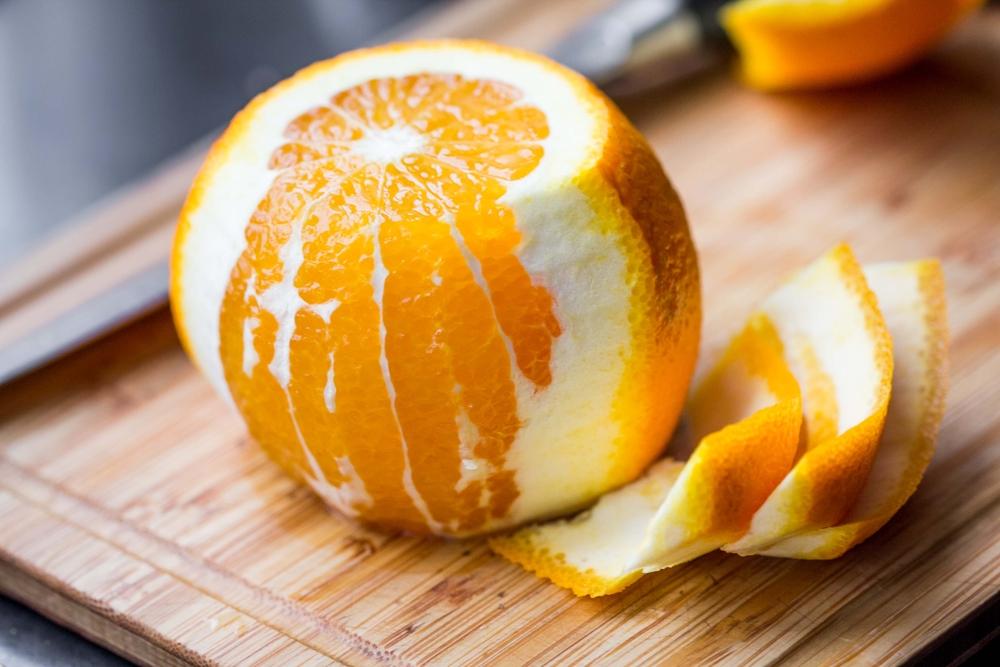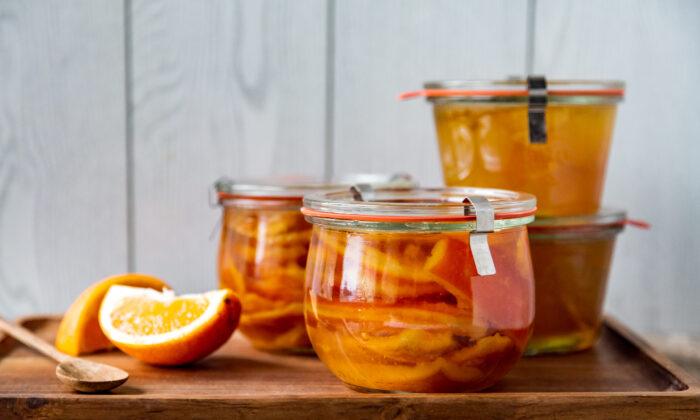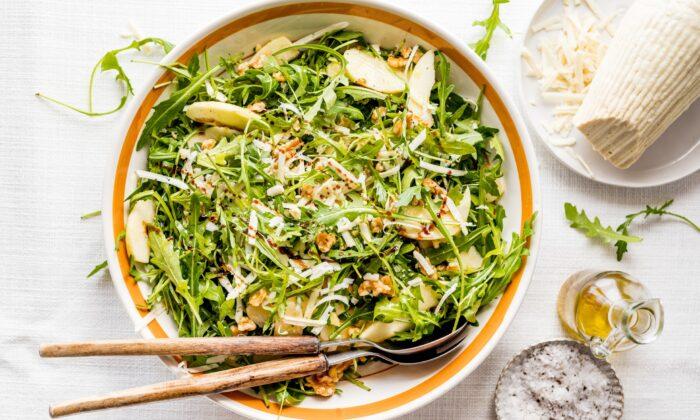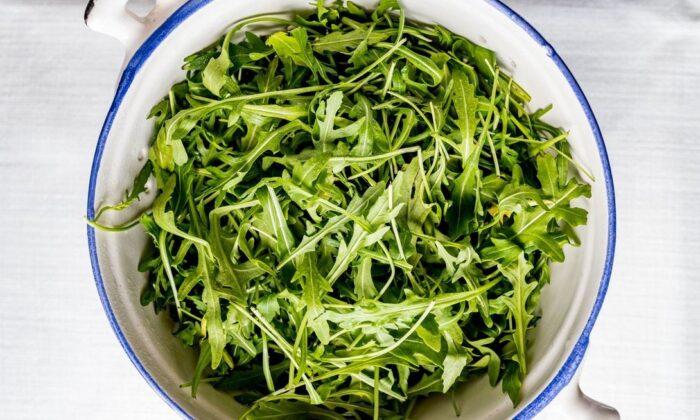High-quality artisanal candied peels come with exorbitant price tags (though totally justified, given the amount of time it takes to make them), while the flavor of the cheaper store-bought, neon-bright, preservative-rich ones simply can’t compare. Making your own candied peels cuts down on the costs while rewarding you with the most fragrant jewels you’ll ever taste.

As soon as I see thick-peeled citrus fruits on the market stalls, I compulsively buy them and bring them home by the bagful. I also eat tons of oranges anyway, so I had to come up with an idea to use all their peels. I became so passionate about candying my own peels that now, whenever someone eats an orange around me, they turn to me with a terrified look and quickly ask, “How do you want the peel? The whole skin, pith included? Just the thin zest, to make marmalade? Is that OK?” (The whole, thick skin, with all the pith, in large and regular segments, is good for making candied peels.)
A few years ago, when my parents asked me what I wanted for Christmas, I gave them a list for marmalade lovers: a jam funnel, jam jar tongs, and a refractometer. This last geeky tool, which looks like a kaleidoscope, is used to measure Brix degrees, which indicate the density of sugars in a liquid. It comes in handy for making marmalades and candied peels at this time of year, but obviously, it is not essential.
Collecting the Peels
You probably won’t have all the orange peels you need in one go, so collect them over a few days while you (and maybe your family) eat your oranges.First, slice off the top and bottom ends of each orange. Then use the tip of a knife to carve the peel into large segments, from end to end, and use your fingers to gently remove each segment, being sure to include the white pith.
Reaping the Rewards
After you candy your peels, preserve them in glass jars in their candying syrup, well-sealed, in the pantry for up to a year. Before using the peels, you’ll need to drain them and leave them on a wire rack for a few hours to dry; then you can easily cube or slice them to add to your favorite recipes.Try them in a simple, aromatic citrus pound cake, the perfect farewell to winter, or pair them with dark chocolate, pistachios, and flaky sea salt in Mediterranean-inspired chocolate bark.





